Ecological Health & Function

CATEGORY: Structural Complexity

Macrohabitat Indicator
Want to get involved?
Macrohabitat score by Riverscape

Did You Know?
Three intertwined physical processes are involved in maintaining a healthy Yampa River.
The first and best understood process is a relatively natural snowmelt driven flow regime. The second is sediment transport — the rocks, sand, and gravel that provide the physical underpinnings of aquatic and riparian habitat. The third, and least understood, is the wood regime (recruitment, transport, and storage of large wood).
Healthy rivers are messy. Humans have been removing large wood from river corridors for so long, and for so many reasons, that few of us now understand the importance of wood to a healthy river.
The physical interactions among wood, water, and sediment provide flood water attenuation, habitat abundance and diversity, nutrient capture and storage, water quality, biological productivity, and ecological resilience in the face of climate-driven stressors.
